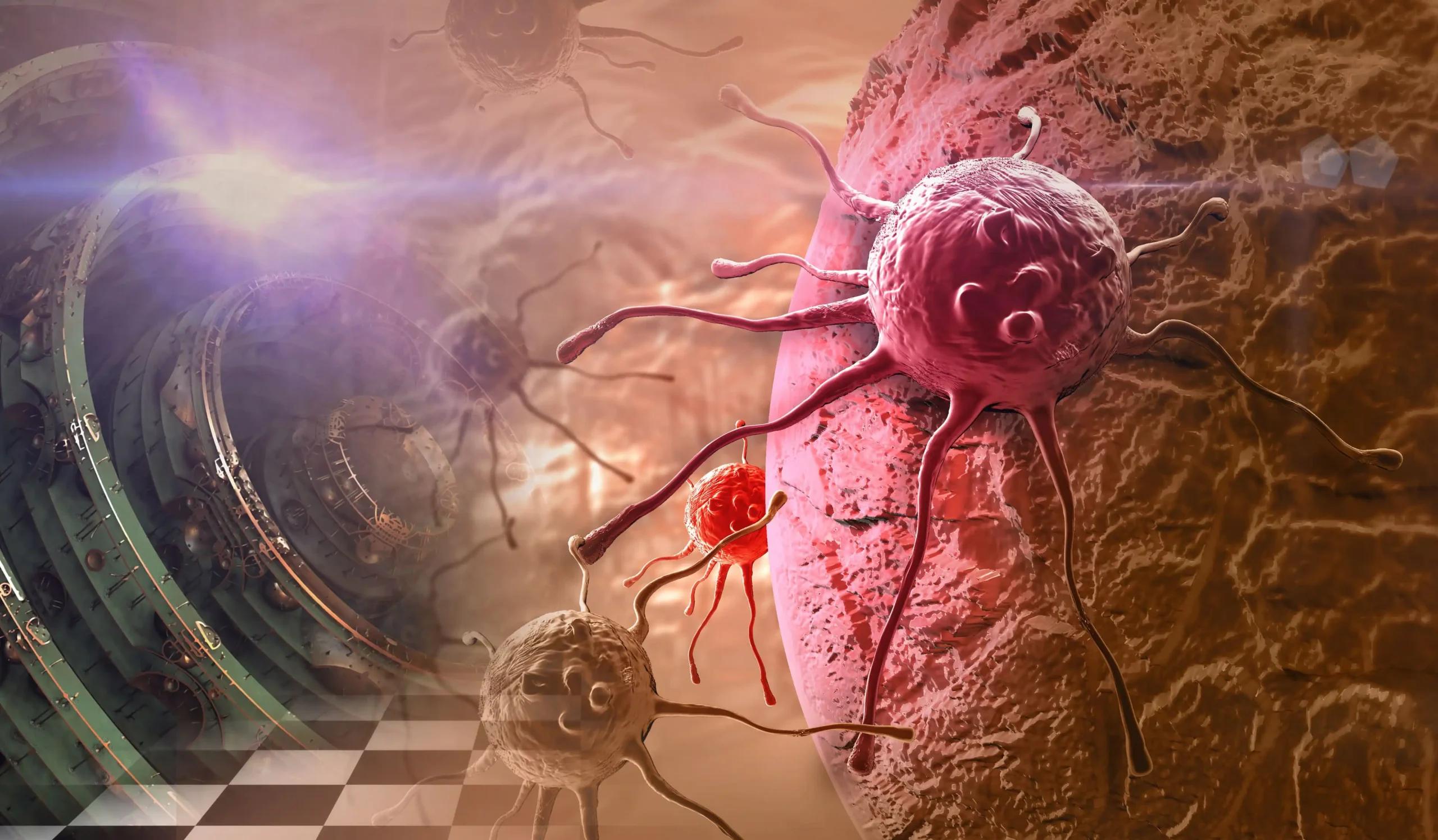KEY TAKEAWAYS
- The Phase 1 HAMMER study introduced a new method that combines MoA biomarkers, response, and toxicity to set the best Phase 2 dose for SAR’245.
- Early oncology studies used joint modeling with non-invasive biomarkers and safety data to guide dose-response and RP2D choices.
- This advanced model influenced clinical designs, and ongoing studies continue to examine SAR’245’s dosing and scheduling.
In this study, researchers introduced an innovative method that integrates peripheral key mode-of-action (MoA) biomarkers, objective response, and dose-limiting toxicity (DLT) rate to suggest a suitable Phase 2 dose (RP2D) for SAR’245.
SAR’245 was administered IV either alone every two weeks [Cohort A], alone every three weeks [Cohort B], every three weeks with IV pembrolizumab 200 mg every three weeks/400 mg every six weeks [Cohort C], or every three weeks with Cetuximab [Cohort D]. Integrated modeling took into account the relationships between dose and 1) MoA biomarkers and blood NK cells detected by flow cytometry; 2) the response surrogate biomarker, which was circulating tumor DNA (ctDNA) analyzed using the Guardant Omni 500 panel; and 3) DLTs. A hidden variable helped model the connection between DLT and MoA or response surrogate biomarkers.
Using a Bayesian method, the posterior probabilities (PP) were estimated for each dose level, with the goal being a more than 20% chance of biomarker values changing post-treatment beyond a set limit and a DLT rate below 33%. The RP2D was selected by maximizing the PP for doses with an overdose region probability below 40%.
The study comprised 136 patients, including those with melanoma. The CD8/CD4 ratio and levels of NK, CD8, and CD4 had the highest likelihood of significant modulation around 32 µg/kg. When SAR’245 was paired with pembrolizumab, PoM biomarkers performed best at 24-32 µg/kg, and ctDNA was optimal at 16-24 µg/kg. Taking all factors into account, either 24 or 32 µg/kg seems appropriate for a three-week regimen.
In preliminary oncology research, combined modeling using non-invasive biomarkers (like MoA and response markers) along with a safety profile can provide insights into dose-response relations and assist in choosing RP2D. This novel integrated modeling approach is set to influence clinical study design. Further investigations on SAR’245 dosing and scheduling are underway.
Source: https://eado2023.com/wp-content/uploads/2023/04/Abstract-Band_EADO2023_Stand-21-04-2023-kl.pdf
Clinical Trial: https://classic.clinicaltrials.gov/ct2/show/NCT04009681
Meng, R., Fu, S., Falchook, G., Barve, M., McKean, M., Tan, T., Lemech, C., Chee, C., Marina, N., Abbadessa, G., Rotolo, F., Wang, H., Deng, J., Wang, W., Wang, R., Meniawy, T. Joint modeling of safety and peripheral Mode-of-Action biomarkers to support RP2D identification in Phase 1 study of SAR444245 as monotherapy or combined with pembrolizumab in patients with advanced solid tumors.



